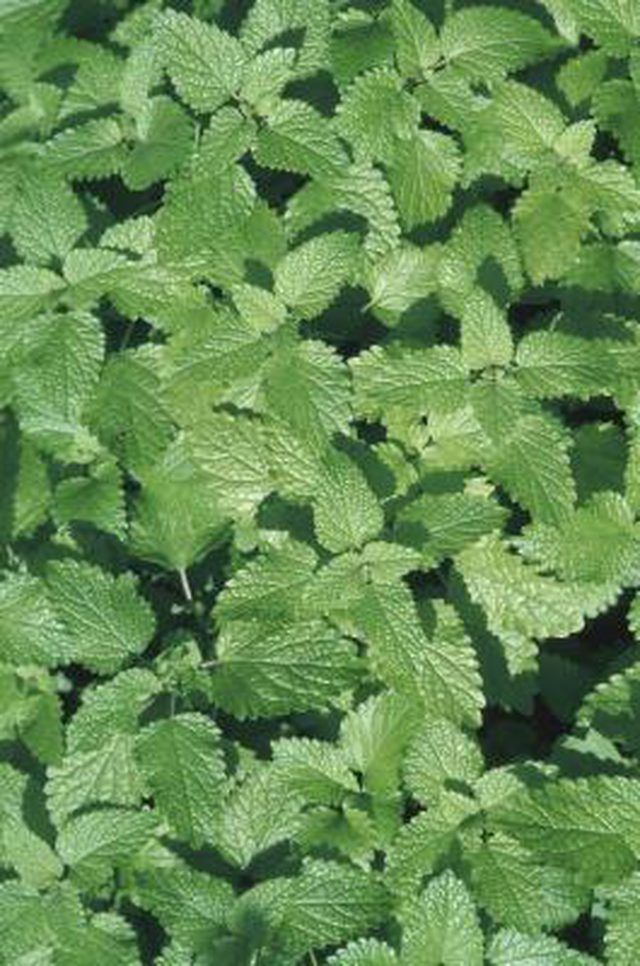Bulbs
Flower Basics
Flower Beds & Specialty Gardens
Flower Garden
Garden Furniture
Garden Gnomes
Garden Seeds
Garden Sheds
Garden Statues
Garden Tools & Supplies
Gardening Basics
Green & Organic
Groundcovers & Vines
Growing Annuals
Growing Basil
Growing Beans
Growing Berries
Growing Blueberries
Growing Cactus
Growing Corn
Growing Cotton
Growing Edibles
Growing Flowers
Growing Garlic
Growing Grapes
Growing Grass
Growing Herbs
Growing Jasmine
Growing Mint
Growing Mushrooms
Orchids
Growing Peanuts
Growing Perennials
Growing Plants
Growing Rosemary
Growing Roses
Growing Strawberries
Growing Sunflowers
Growing Thyme
Growing Tomatoes
Growing Tulips
Growing Vegetables
Herb Basics
Herb Garden
Indoor Growing
Landscaping Basics
Landscaping Patios
Landscaping Plants
Landscaping Shrubs
Landscaping Trees
Landscaping Walks & Pathways
Lawn Basics
Lawn Maintenance
Lawn Mowers
Lawn Ornaments
Lawn Planting
Lawn Tools
Outdoor Growing
Overall Landscape Planning
Pests, Weeds & Problems
Plant Basics
Rock Garden
Rose Garden
Shrubs
Soil
Specialty Gardens
Trees
Vegetable Garden
Yard Maintenance
How to Get Rid of Mint Rust
How to Get Rid of Mint Rust. Mint rust is an infection of the rust fungus Puccinia menthae and causes dusty spots on leaves as well as pustules and often resulting in plant death or severe stunting. Mint rust affects a number of mint species, but related species like marjoram can also be susceptible. Chemical controls are not available for use on...

Mint rust is an infection of the rust fungus Puccinia menthae and causes dusty spots on leaves as well as pustules and often resulting in plant death or severe stunting. Mint rust affects a number of mint species, but related species like marjoram can also be susceptible. Chemical controls are not available for use on mint that is intended for eating so getting rid of mint rust in the home herb garden requires non-chemical options.
Things You'll Need
Garden spade
Thermometer
Remove infected plants as early as possible. The first cycle of the mint rust fungus creates stunted, pale shoots on mint in spring. If at all possible, remove these shoots and destroy them before they develop clusters of pustules, which release infectious spores. If the rust problem is noticed later, remove the infected plants before the rust spots have turned black, as these black spots release spores that overwinter in the rhizomes of the mint and surrounding soil.
Transplant healthy plants to a new garden bed, but monitor them carefully for signs of rust infection. If rust spots appear, discard all plants and begin a new mint patch with fresh mint plants or new seed.
Prevent mint rust spore that may be present in the rhizomes of plants from surviving winter by washing the rhizomes in water that is 111 degrees Fahrenheit in autumn.
Leave in the hot water for 10 minutes then cool them in cold water and replant. Do not exceed 111 degrees Fahrenheit, as this will kill the plant.